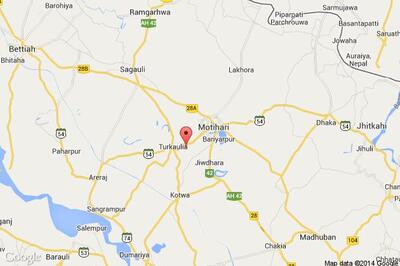
views
The auspicious period of Pitru Paksha began on September 17. It will conclude on October 2. Usually, the sacred period lasts for around 15 to 16 days, starting with the Purnima Tithi (Full Moon) of Bhadrapada month. Pitru Paksha ends with the Amavasya Tithi (New Moon) during Ashwin. This sacred period is primarily observed to honour deceased ancestors, provide peace to their souls and help them attain salvation. During this time, people perform Shraddh and Tarpan to bid respect to their ancestors. People believe that during these days, ancestors come to earth.
People offer Tarpan, Pind Daan and Shradh and perform various other rituals during this time to seek blessings from their ancestors. During this period, people also feed Brahmins to offer prayers to the departed souls of their ancestors. This practice is considered very auspicious among the Hindus. It is very important to avoid some foods and drinks during this time. People performing the rituals should not consume onion, garlic, leafy vegetables, cucumbers or any alcoholic drinks. Certain items should not be served to the Brahmins during this time. Let us know about this here.
Which are the vegetables that should not be served to Bramhins during Pitru Paksha?
If you do not offer food to Brahmins during Pitru Paksha, the ritual is considered incomplete and the Shradh remains unfinished. If you are holding this ritual at your home, avoid serving cabbage and pumpkin to the brahmins. Although pumpkin is considered highly beneficial for human health, according to Ayurveda, it is inauspicious to serve the vegetable Brahmins during this time. It is said that ancestors become angry if these vegetables are served to Brahmins. Therefore, people are advised to avoid consuming or offering these vegetables during Pitru Paksha.
What can be served to Brahmins during Pitru Paksha?
During Pitru Paksha you can serve them dishes like urad dal, kheer made from cow’s milk and ridge gourd (Torai) to Brahmins.




















Comments
0 comment